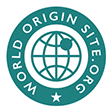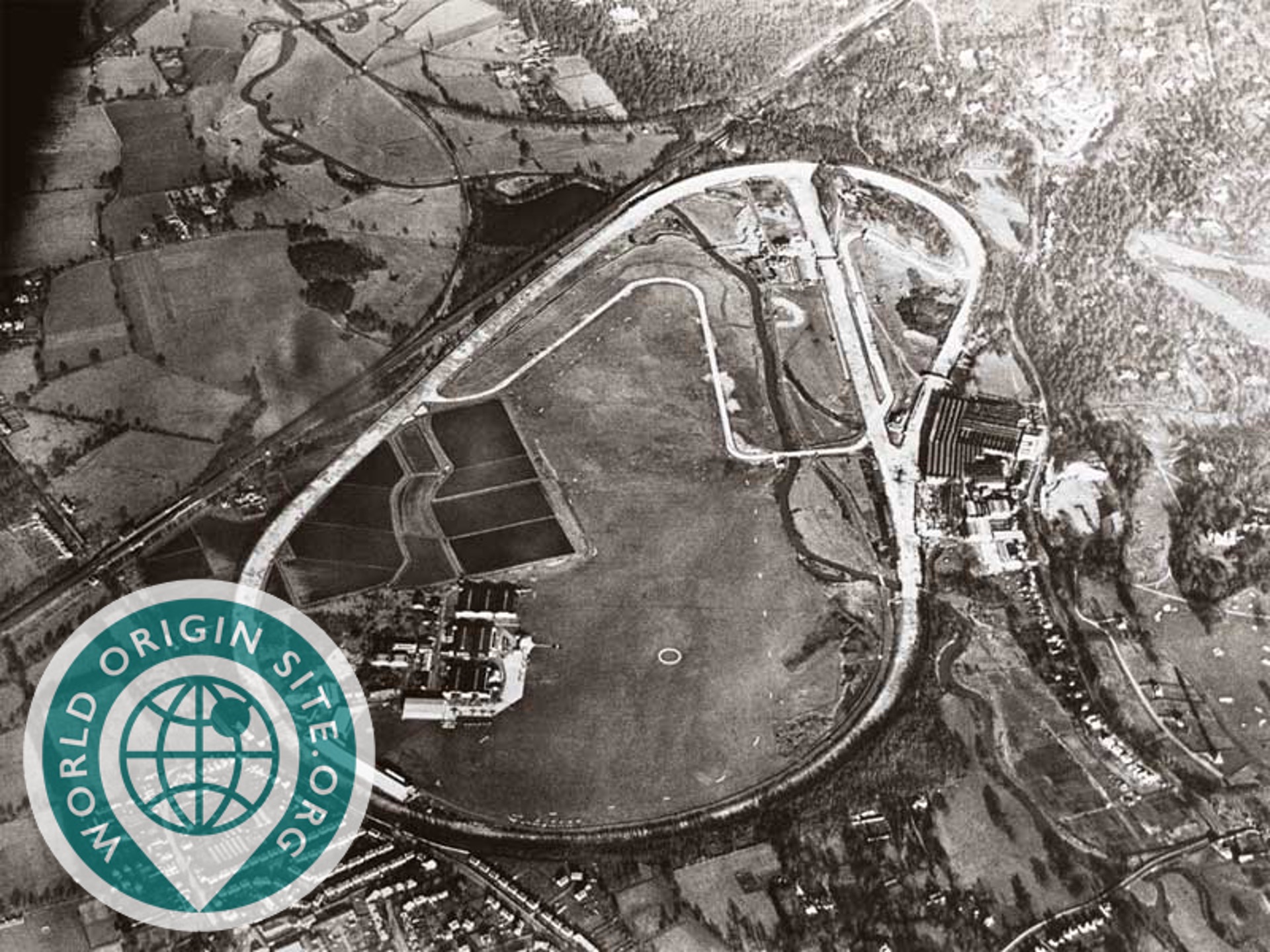Brooklands, Race Circuit
Hugo Wilkie2025-12-09T14:13:41+00:00Brooklands was a 2.75-mile (4.43 km) motor racing circuit and aerodrome built near Weybridge, Surrey, England. Opened in 1907, it was the world’s first purpose-built banked motor racing circuit, designed to accommodate the increasing speeds of early 20th-century automobiles. The track featured steep banking and long straights, allowing for high-speed racing and record-breaking attempts, making it a hub of motorsport innovation. In addition to motorsport, Brooklands quickly became one of Britain’s first airfields and evolved into the largest aircraft manufacturing centre in the country by 1918. It played a key role in aviation history, producing both military aircraft and civil airliners. Throughout both World Wars, Brooklands was instrumental in aircraft development, hosting testing, training, and manufacturing efforts. The circuit hosted its final race in August 1939, as the outbreak of World War II saw the site repurposed for war production. Post-war, much of the track was dismantled, but aviation and motoring heritage remain deeply rooted in the area. Today, part of the original circuit is preserved as Brooklands Museum, a major destination for aviation and motorsport enthusiasts. The museum showcases historic aircraft, vintage racing cars, and exhibits on Brooklands’ pioneering contributions to motorsport and aerospace. The site also hosts vintage car, motorcycle, and transport-related events, keeping the spirit of Brooklands alive for future generations.


